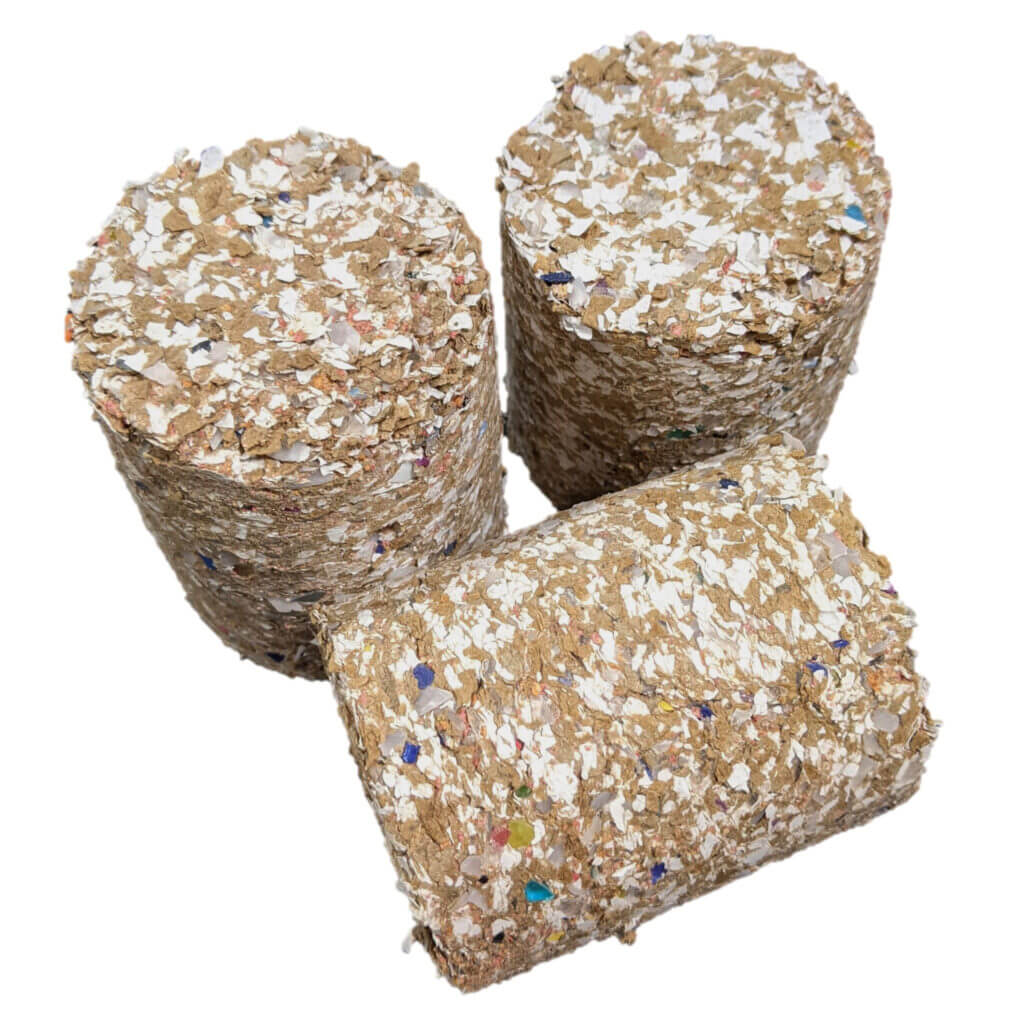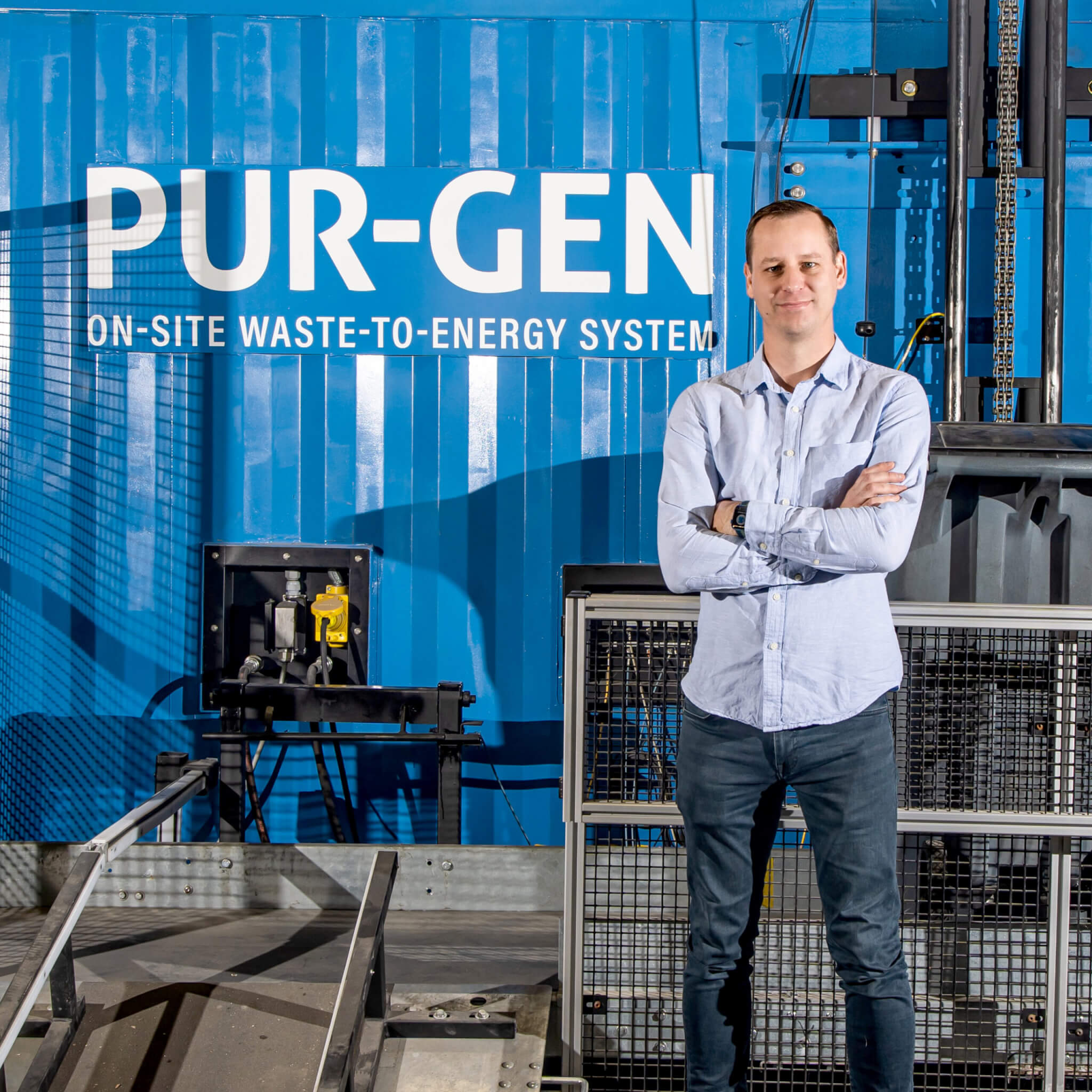Imagine trash as an asset. That nasty stuff, usually trucked off at great cost and then burned or dumped into landfills at great cost can serve a purpose. Instead of producing toxic gas and environmental nightmares, why not turn it into electricity, right on the spot?
Matthew Young, the president of Trashology, is working on just that. Since 2006, the Worcester Polytechnic Institute graduate has hit all military benchmarks on a system replacing the open burn pits that gained notoriety after veterans of the Gulf War became ill. The system continues to be tested by the military.
“Waste management is inefficient,” Young said. Dealing with trash is expensive and often an out-of-sight, out-of-mind situation.
Landfills are the third largest producer of greenhouse gas, he said. Burning creates toxic gasses and chemicals.
The on-site process produces electricity plus a small amount of biochar, or ash, which can be disposed of or used for other purposes. The entire system is automated with no need of a human operator.
While still working closely with the military, proving the technology for private companies is the next challenge the company is taking on.
In 2019, a private investor, Tom Sullivan of F9 Investments, stepped up. Passionate about investing in companies making a difference on the environment, Young’s process, which reduces the impact of solid waste and can help save money for companies, really makes it a game changing technology, Sullivan wrote in a statement.

“I am really excited about what the Trashology team is doing and I am proud to be a part of it,” the investor wrote.
With this influx of capital, a renovated research and development building in Concord and 22 employees, Trashology is getting ready to roll out its first commercial waste to electricity units in 2023.
Young’s Pur-Gen gasification system is clean, reducing the trash to 95 percent fuel and the remainder as waste. The footprint is small since it doesn’t take up much more space than a trash compactor. The commercial system will fit into two 40-foot containers.
After recyclables are separated, trash is dumped into the container where the solids are shredded and pelletized and the moisture removed. Any remaining metals are separated out. The resulting lightweight, multicolored cylinders are about twice the size of a soda can.
These pellets are then not burned but heated without oxygen to produce syngas, a fuel made of mostly carbon monoxide and hydrogen. In the final step, the gas is used to generate electricity, which can be utilized onsite.
The military and commercial applications are similar, but the scale is different. The first commercial systems headed out the door will be for places like distribution centers that generate one to two tons of trash daily, Young said.
During 2023, the company plans to prove the value of their system for commercial users, Young said. Disposal costs and utilities are expensive. With no trash hauling and the benefit of electricity produced onsite, renting a Pur-Gen system will be cost effective and much better for the environment, he promises.
Once the initial prototypes are built, manufacturing will take place at a different location. Concord will likely remain the research and development center, he said.
As for what might happen a few years down the road? “Find better ways to find value out of the waste stream,” Young said. He teases a future with similar systems for smaller businesses, like fast food franchises, then, maybe even smaller systems for residences.
The future is looking greener.





